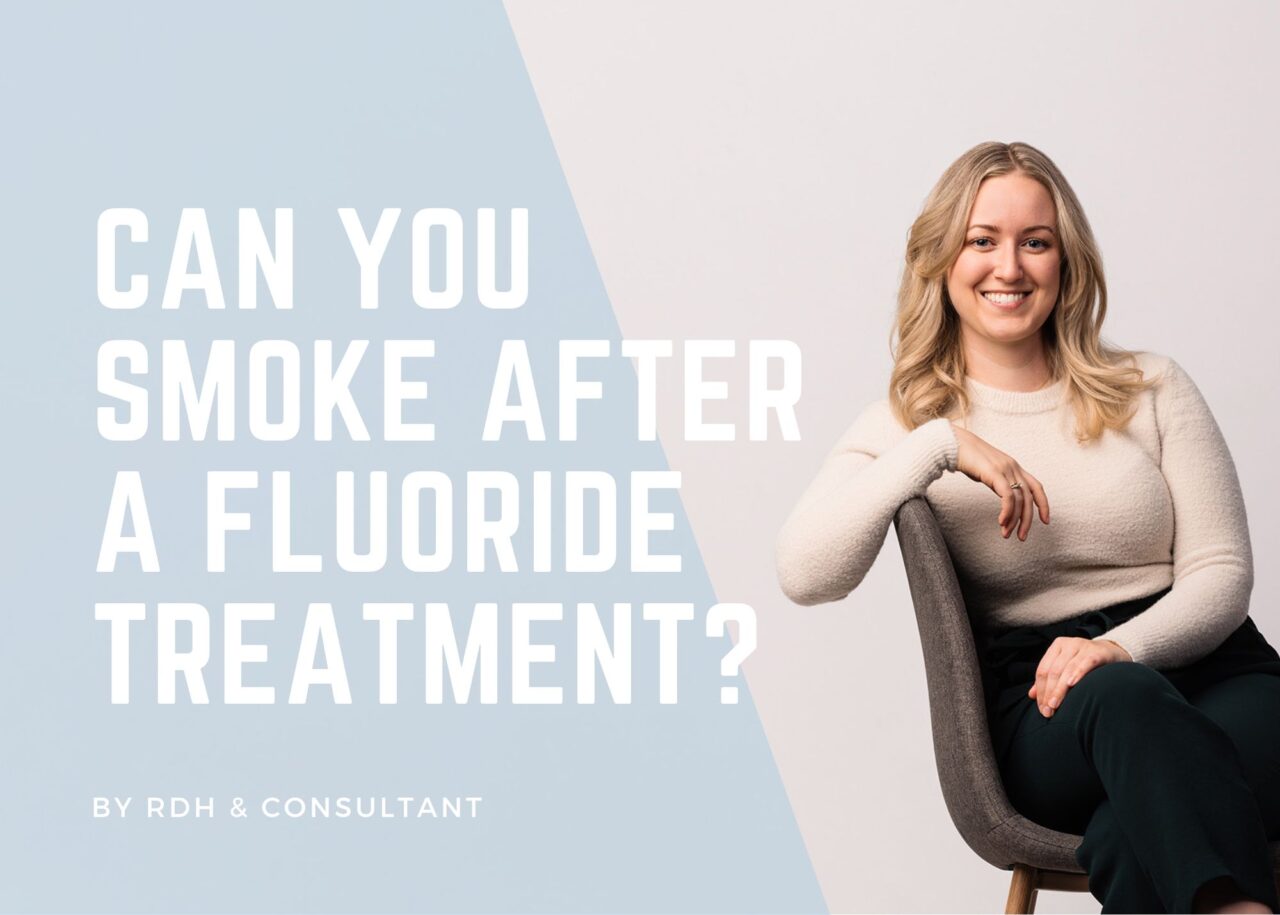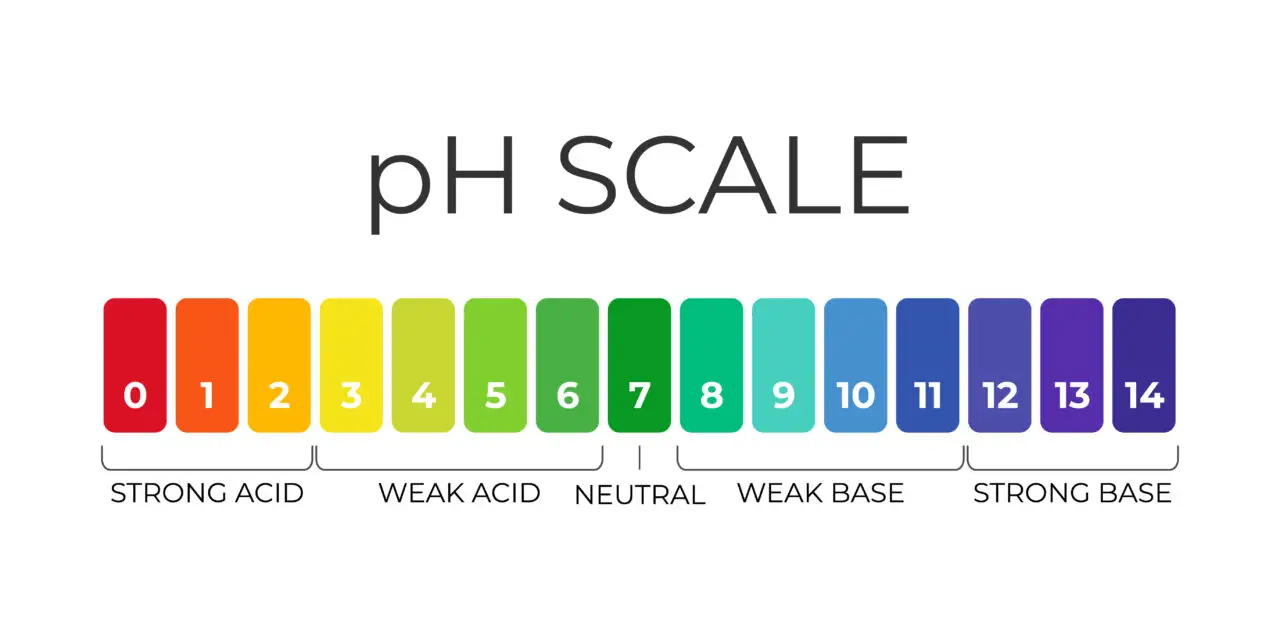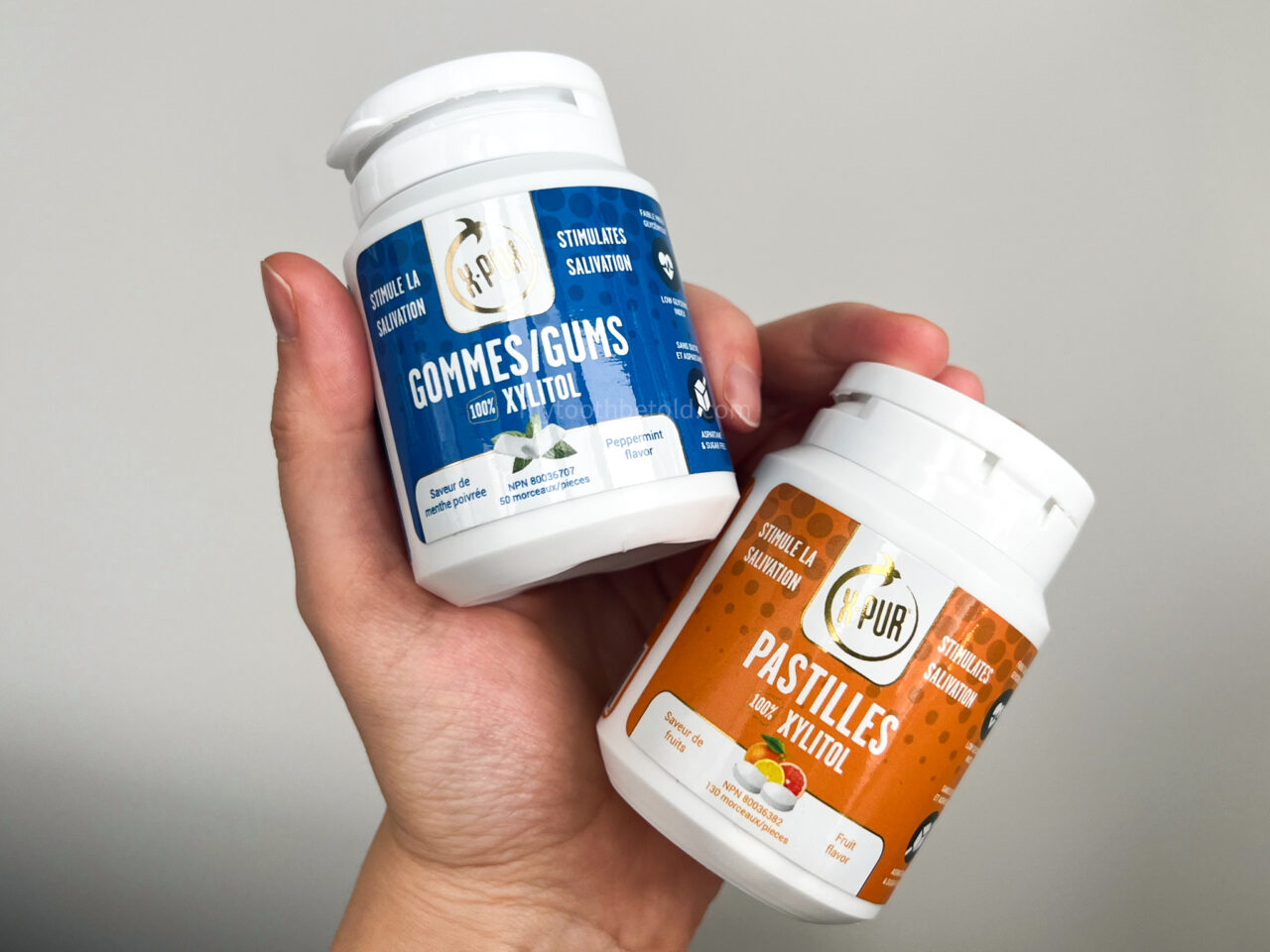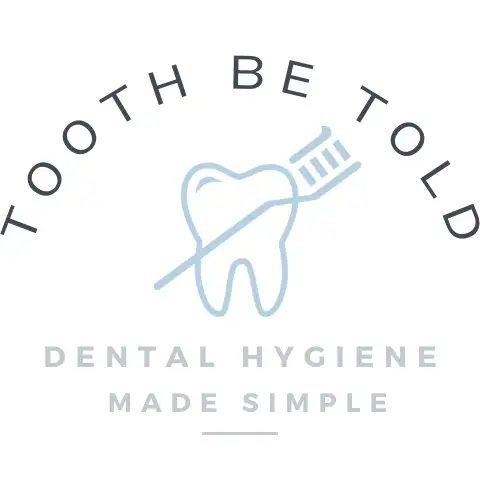
As a dental hygienist and educator, I often get asked about post-treatment instructions for fluoride, especially regarding smoking. Knowing what you can and can’t do afterward—including smoking—is key to maximizing the benefits of fluoride. Let’s dive into the science and specific recommendations based on the type of fluoride varnish you’ve received.
Smoking after fluoride treatment is discouraged, as it can reduce the varnish’s effectiveness. For colophony-based varnishes, avoid hot or hard foods and refrain from brushing or flossing for 4-6 hours. For food-grade shellac-based varnishes, do not brush, floss, or consume alcohol for 4-6 hours.
Let’s explore why these recommendations are critical, the science behind fluoride varnishes, and the importance of following post-treatment care. I also cover how diet and salivary pH will impact your oral health more than having a fluoride varnish applied to your teeth.
Post-Treatment Instructions for Different Fluoride Varnishes
*Fluoride Varnishes are the standard of care; fluoride rinses are less effective and can have a higher ingestion rate than varnishes.
Fluoride varnishes are highly effective in preventing dental caries, with studies showing a significant reduction in decay rates when used correctly. How you care for your teeth after treatment affects how well the fluoride absorbs into your enamel. Here’s what to do for the two most common varnishes:
5% Colophony-Based Varnish
- Avoid hot foods and drinks. Heat can soften the resin-based varnish and reduce its adherence.
- Skip hard or crunchy foods. These can physically dislodge the varnish from your teeth.
- No brushing or flossing for 4-6 hours. This ensures the fluoride has adequate time to penetrate the enamel surface.
Research Reference: A study published in the Journal of Dentistry (Marinho et al., 2013) highlights the effectiveness of fluoride varnishes in reducing caries when post-application guidelines are followed, emphasizing the importance of patient compliance.
2.5% Food-Grade Shellac-Based Varnish (FluoriMax)
- Avoid brushing and flossing for 4-6 hours. This allows fluoride ions to remineralize the tooth structure.
- Steer clear of alcohol. Alcoholic beverages and mouth rinses can dissolve the shellac matrix, reducing fluoride retention.
Research Reference: Shellac-based varnishes are noted for their bio-adhesive properties in studies like those by Petersson et al. (2016), published in the European Archives of Paediatric Dentistry, which emphasize avoiding alcohol to maintain structural integrity.

Home Care and Diet: The Bigger Picture
While fluoride treatments play a critical role in preventing cavities, your home care routine and diet are even more important. Cavities develop when the pH level in your mouth drops below 5.5 for enamel and 6.4 for dentin, leading to demineralization. Maintaining a balanced oral environment can significantly reduce the risk of decay.
Effective brushing, interdental cleaning, and a low-sugar diet are essential. Bacteria in the mouth feed on sugars and produce acids that lower the pH, weakening enamel. Limiting sugary snacks and choosing whole foods can help stabilize oral pH.
The Science of Xylitol
Xylitol is a natural sugar substitute with powerful benefits for cavity prevention. Studies have shown that consuming 3-5 grams of xylitol daily, spread out over several doses, can starve cavity-causing bacteria like Streptococcus mutans. Without their main energy source, these bacteria cannot survive and produce as much acid, helping maintain a healthier pH level in your mouth.
Over time, regular xylitol use reduces bacterial levels, lowers acid production, and supports remineralization, protecting your teeth from decay. For more information on xylitol products and other oral health essentials, visit my Resource Page. I’ve curated a list of products I recommend to help you maintain a healthy, cavity-free smile.

Research Reference: Mäkinen et al. (1995) demonstrated in a study published in the Journal of Dental Research that xylitol can significantly reduce caries rates and improve oral health over time.
Why Smoking Matters
Smoking introduces heat, tar, and chemicals into the oral environment that can interfere with fluoride varnishes.
- Colophony-Based Varnish: Heat and tar disrupt the adhesion of the resin to the enamel, reducing fluoride uptake.
- Shellac-Based Varnish: Cigarette smoke can degrade the varnish and reduce saliva flow, decreasing the efficacy of fluoride varnish.
Research Reference: The detrimental effects of smoking on oral health, including its impact on fluoride efficacy, are well-documented (Hirschfeld & Wasserman, 2014).
Smoking increases the risk of dry mouth, compromising fluoride distribution and absorption.
Scientific Evidence Supporting Post-Treatment Guidelines
An extensive body of evidence supports fluoride varnishes as a key tool in caries prevention:
- Caries Prevention: According to a systematic review in the Cochrane Database of Systematic Reviews (Marinho et al., 2013), fluoride varnishes reduce caries in primary teeth by up to 37% and in permanent teeth by up to 43%.
- Adherence Importance: Research in the Journal of Clinical Dentistry (Ritter et al., 2018) shows that compliance with post-treatment guidelines significantly enhances fluoride’s effectiveness.
- Smoking Impact: A study in Oral Health and Preventive Dentistry (Awan et al., 2011) found that smoking reduces the remineralizing benefits of fluoride due to increased oral acidity and reduced saliva flow.
The Best Approach for Post-Flouride Treatment
To get the most out of your fluoride treatment:
- Follow the specific instructions for your varnish. Adhere to the post-treatment care for colophony or shellac-based treatments.
- Wait 4-6 hours before smoking. This ensures fluoride absorption and maximizes its protective effects.
- Maintain hydration. Drink water to encourage saliva flow and aid in fluoride retention.
Protecting Your Smile
Fluoride treatments are an investment in your oral health, but they’re just one piece of the puzzle. Building strong home care habits, choosing tooth-friendly foods, and incorporating xylitol into your routine can provide lasting benefits. Small changes, like delaying smoking after treatment or switching to xylitol gum, can make a big difference over time.
Visit my Resource Page for trusted products that align with evidence-based care and support your journey to better oral health.
Holly 🙂
RDH, Dental Hygiene Educator, and Advocate for Healthier Smiles
